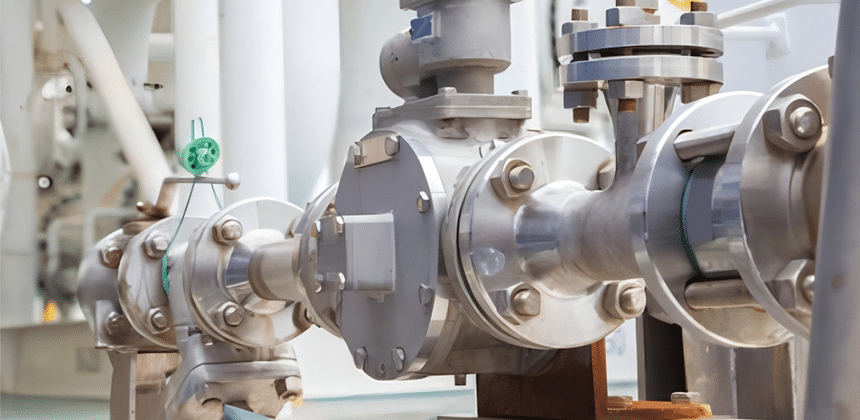Positive Displacement Pump VS Centrifugal Pump
When transferring fluids from one casing system to another, the type of pump selected is a matter that must be carefully considered. There are many variables that need to be weighed that will affect the choice of pump, and the type of pump chosen needs to be determined by the specific application and environment.
Positive displacement VS centrifugal pumps
What is a positive displacement pump?
Positive displacement pumps, also known as dosing pumps or constant volume pumps, are pumps with a fixed output flow rate. The movement is initiated by two or three spindles moving in opposite directions, pumping and thus displacing the liquid. Positive Displacement Pump is that it discharges a certain volume of liquid for each pump cycle (e.g., one complete rotation or one complete piston stroke) regardless of its operating speed.
Two main types of positive displacement pumps
Reciprocating: Changing the volume of the pump chamber by changing the position of the piston, plunger or diaphragm.
- Piston Pumps
- Plunger pumps
- Diaphragm pumps
Rotary: change the volume of the pump chamber by rotating mechanical parts
- Screw pumps
- Gear pumps
- Rotor pumps
- Peristaltic pumps
- Cam pumps
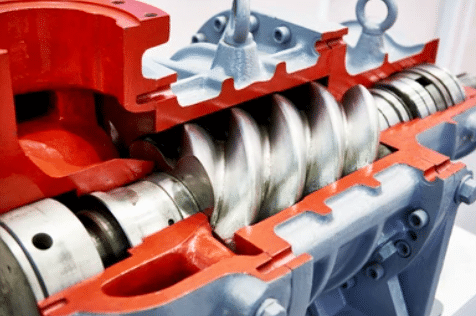
Widely used in situations where precise flow control is required, such as chemical injection, hydraulic systems, and food processing. Positive displacement pumps should not be operated without a relief device or pressure relief device as this may result in excessive pressure causing system rupture or mechanical failure.
What is centrifugal pump?
Centrifugal pump is a mechanical device that is primarily used for fluid transfer. Its working principle is mainly based on centrifugal force, which means that a rotating impeller is utilized to increase the speed and pressure of the fluid.
The main components of a centrifugal pump include an impeller and a pump casing. The impeller is the core part of a centrifugal pump and usually consists of vanes and a hub. When the motor drives the impeller to rotate, the fluid enters the center of the impeller, and due to the rotation of the impeller, the fluid will move outward along the vanes and gain energy, with a consequent increase in speed and pressure. After the impeller is processed, the fluid then enters the pump casing, which guides the fluid out of the pump outlet, and it also has a shape that converts the fluid’s velocity energy into higher pressure energy.
In addition, the pump coupling is a versatile component that may be used in both positive displacement and centrifugal pumps. The main function of the coupling is to transfer the torque from the engine or motor to the pump in order to drive the pump. At the same time, the coupling can also provide some mechanical protection, such as breaking in an overload situation, to prevent more serious equipment damage. Therefore, the coupling is an important component in both positive displacement pumps and centrifugal pumps.
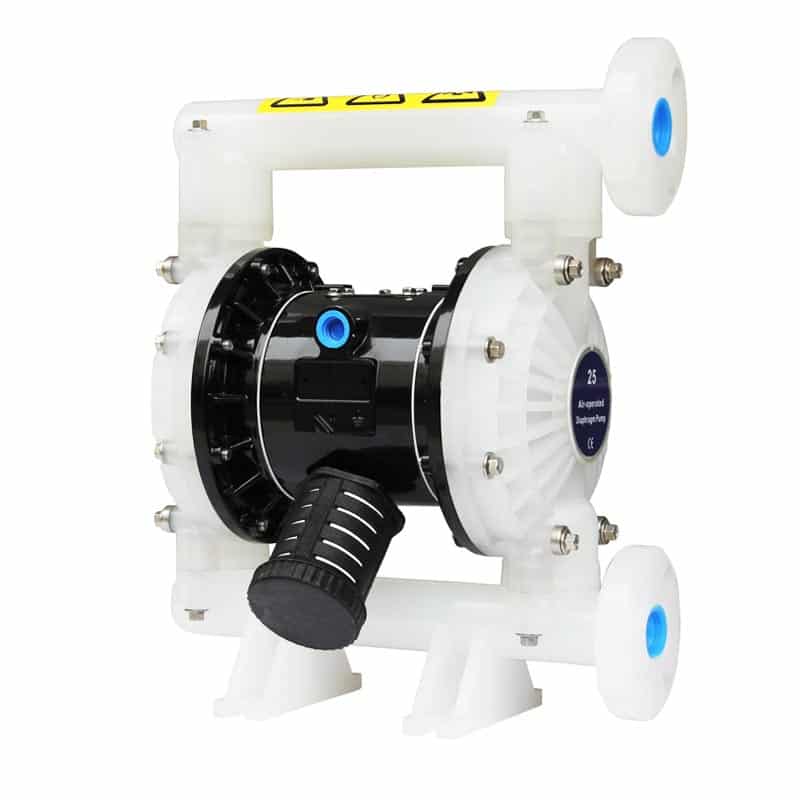
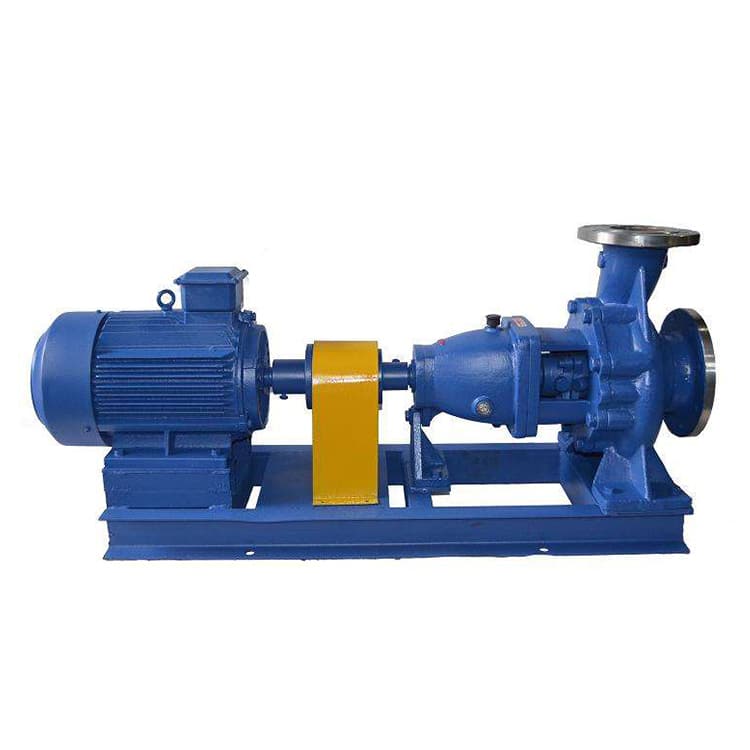
Difference between positive displacement pumps and centrifugal pumps
| Pumps | Positive Displacement Pumps | Centrifugal Pumps |
| Flow rate | Constant throughout pump operation. | varies with system pressure |
| Efficiency | Higher viscosity fluids | Lower viscosity fluids |
| Conveying Fluid | Suitability | Unsuitable |
| Conveying fluids containing solids | Depends on the specific design | Unsuitable |
| Suction lift | A vacuum is generated on the inlet side to enable a suction stroke. | Unable to generate suction stroke |
| Head | High head | Low head |
| Shearing | Low internal velocities mean that little shear force is exerted on the pumped medium | High speed motors may cause liquid shear |
Comparison of pump performance curves
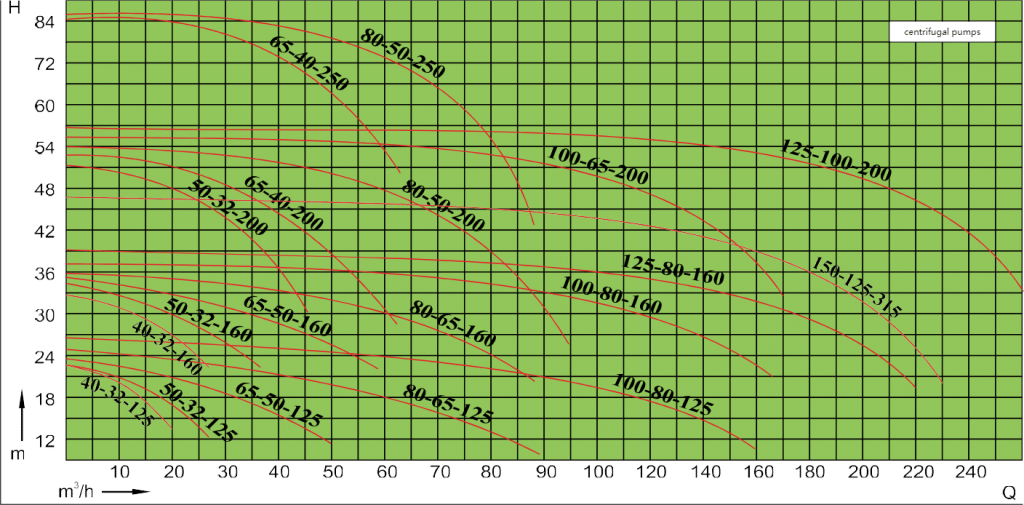

AODD & EODD Differences for Positive Displacement Pumps
Air operated diaphragm pump: AOD pumps utilize compressed air as a power source to drive the diaphragm in reciprocating motion by changing the air pressure in the air chamber, thus realizing the suction and discharge of liquid. This type of pump has some significant advantages, such as simple structure, easy maintenance, and the ability to transport a variety of complex liquids (including corrosive liquids, viscous, containing solid particles, etc.). KES25 1″ Plastic Diaphragm Pump is a good choice for transferring high viscosity fluids.
Electric Diaphragm Pumps: Electric diaphragm pumps are designed to drive a diaphragm in a reciprocating motion by a motor to realize the suction and discharge of liquids. Compared to double diaphragm pump, electric diaphragm pumps are easier to control and can more accurately control flow and pressure, but may be less capable of handling complex liquids.

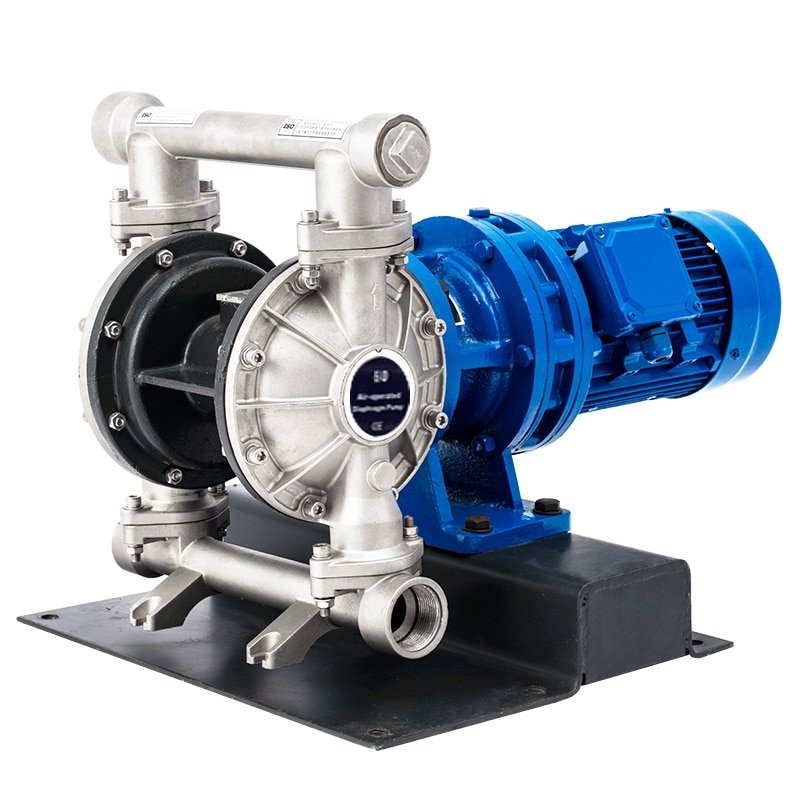
Key Factors in Pump Selection
High viscosity, high pressure, low flow, quantitative precision — choose displacement pumps;
Low viscosity, high flow, continuous delivery, cost priority — choose centrifugal pumps.
When to use positive displacement pumps?
- Need for precise and constant flow
- High pressure required
- Inhalation conditions are not ideal
- High flow rate required
When to use centrifugal pumps?
- Requires higher flow rate and lower pressure
- Handles clean, low-viscosity fluids
- Requires continuous operation
- Noise and vibration sensitive environments
Positive displacement and Centrifugal pump applications
Positive displacement pump applications
- Chemical industry
- Petroleum industry
- Food and pharmaceutical industry
- Paper industry
- Refrigeration systems
- Hydraulic drive systems
- Water treatment facilities
Centrifugal pump applications
- General water supply
- Seawater transportation
- Water recycling
- Air Conditioning
- Boiler feed water
- Light fuel Transmission
- Petrochemicals
- Wash and fire irrigation
Centrifugal pumps have a simple design with few moving parts, which reduces maintenance requirements and costs. This makes them suitable for applications where the pump is used frequently or even in continuous operation. The simplicity of construction also makes centrifugal pumps easy to produce in a number of different materials, including plastic and rusted iron for lighter duty applications, as well as bronze and stainless steel for more corrosive or hygienic applications. As a result, centrifugal pumps are suitable for use with a wide range of fluids.
maintain the pump
Effective preventive maintenance and regular inspections are the only way to minimize pump trouble and ensure proper operation.
- Regular inspection and cleaning
- Lubrication
- Replacement of parts
- Avoid dry running
- Avoid overloading
- Professional maintenance
Summary
The choice of pump type is determined by the specific application and environment, and their different performance varies from application to application.AOBL is a fluid transfer specialist, in addition to supplying diaphragm pumps, we also supply sanitary diaphragm pumps, filter press feed pumps, and diaphragm pump parts and accessories, please contact the professional technical team to provide you with a solution.

